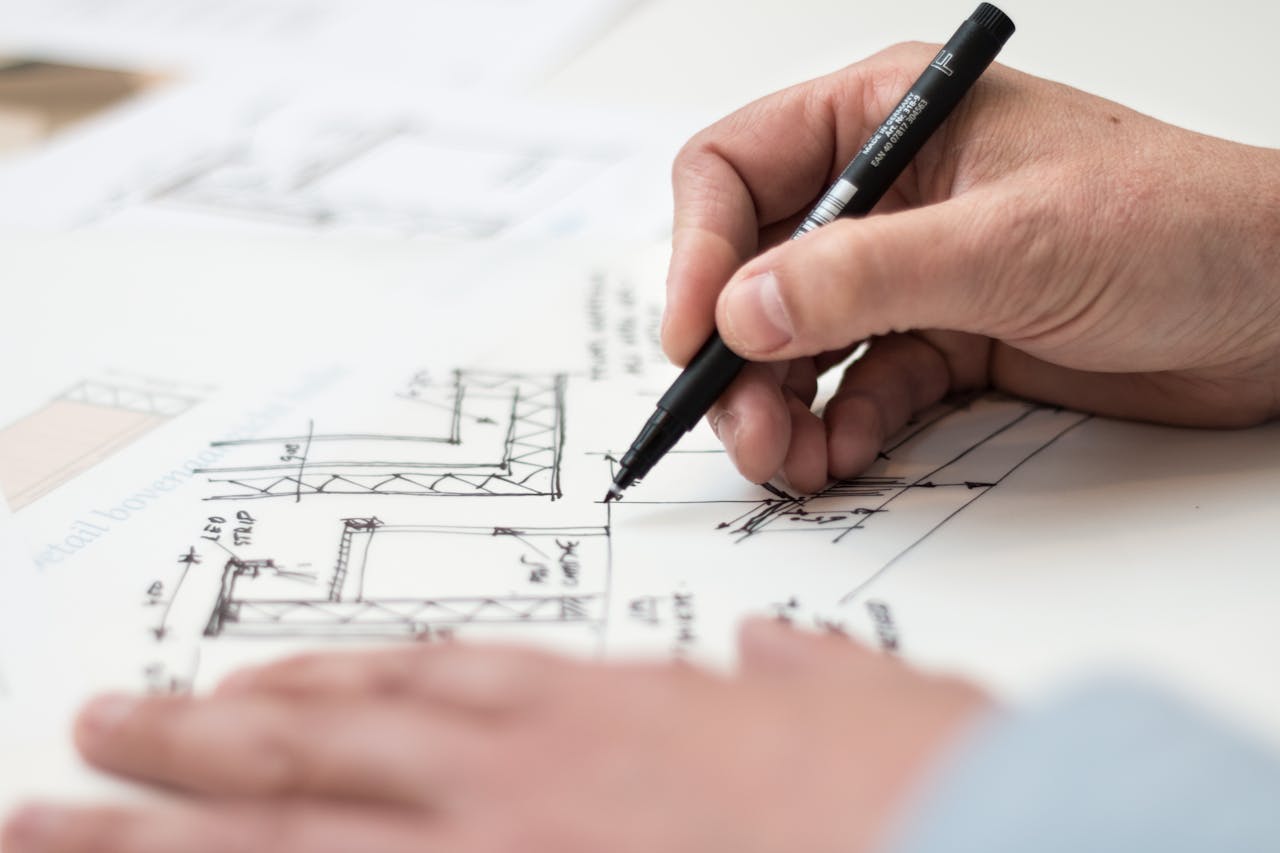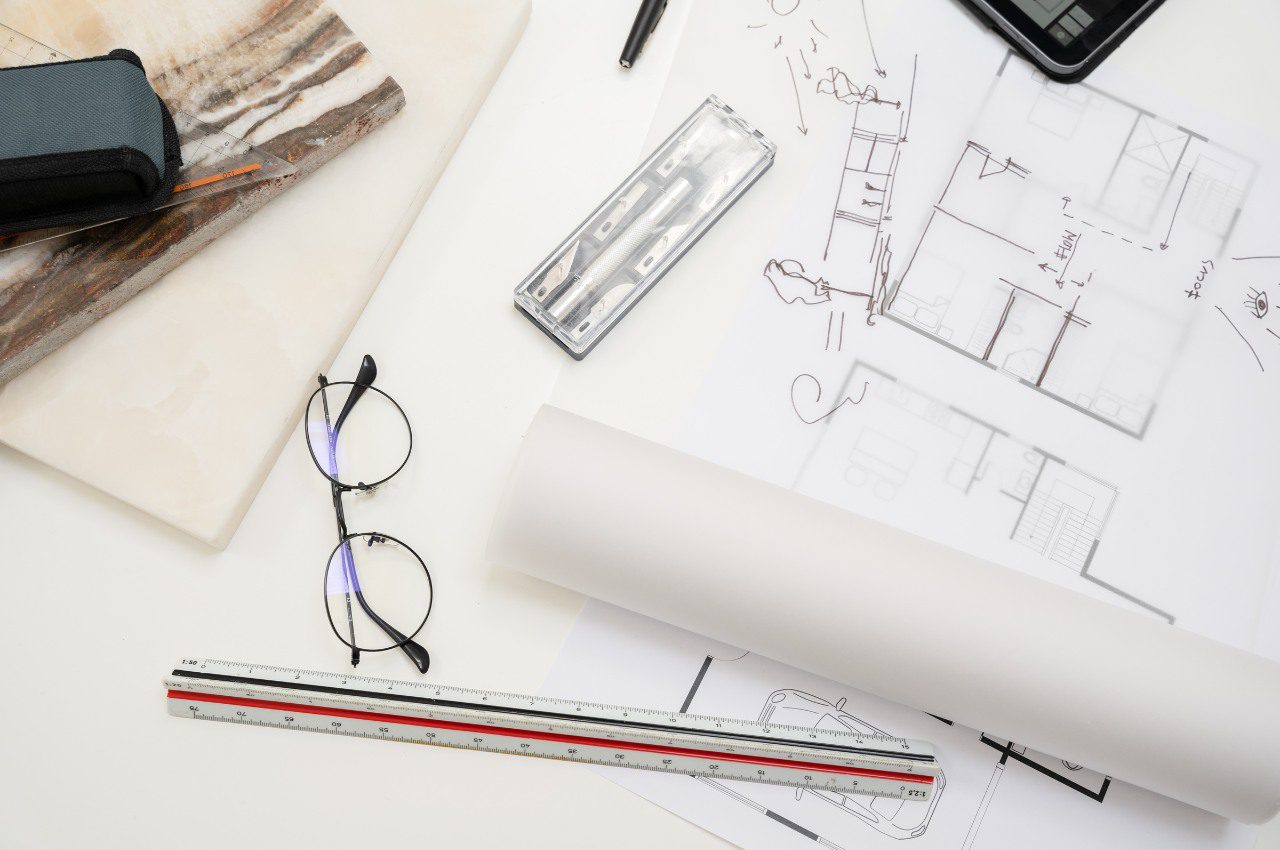Hiring an interior design firm in Malaysia is a significant investment, particularly in bustling urban hubs like Kuala Lumpur (KL) and the Klang Valley, where space optimization, functionality, and aesthetic appeal are paramount. Whether you’re renovating a high-rise condo in Bangsar, a landed property in Damansara, or a commercial space in Mont Kiara, the right interior design partner can transform your vision into reality. However, the process of selecting a firm is fraught with potential pitfalls. To help you navigate this critical decision, here are seven common mistakes to avoid when hiring an interior design firm Malaysia.
1. Not Researching the Firm’s Portfolio and Expertise
One of the gravest errors clients make is failing to thoroughly review a firm’s portfolio. In Malaysia’s diverse design landscape, firms often specialize in specific styles – be it minimalist, industrial, traditional Malaysian, or contemporary fusion. For example, a firm experienced in heritage kampung-inspired designs may not align with your vision for a sleek, modern penthouse.
Why it matters:
- Portfolios reveal a firm’s versatility, attention to detail, and ability to handle projects of your scale (e.g., compact KL condos vs. sprawling bungalows).
- Look for expertise in local challenges, such as optimizing small spaces common in KL high-rises or integrating natural ventilation in Malaysia’s tropical climate.
How to avoid:
- Request case studies or visit completed projects in the Klang Valley.
- Ask about their experience with properties similar to yours (e.g., strata homes, commercial offices).

2. Overlooking Licensing and Credentials
The interior design industry in Malaysia is regulated by bodies like the Malaysian Institute of Interior Designers (MIID) and the Construction Industry Development Board (CIDB). Hiring an unlicensed firm risks subpar work, legal complications, and safety hazards.
Why it matters:
- Licensed firms adhere to national building codes and safety standards, crucial for any renovations project in Malaysia.
- Credentials ensure designers have formal training in space planning, material selection, and project management.
How to avoid:
- Verify the firm’s membership with MIID or CIDB.
- Check for Professional Indemnity Insurance to cover design errors.
3. Ignoring Budget Transparency
Ambiguity around costs is a frequent pain point. Some firms in Malaysia provide vague estimates, leading to unexpected expenses – especially in KL, where material and labor costs fluctuate.
Why it matters:
- Hidden fees (e.g., permit applications, custom carpentry) can derail your budget.
- A lack of transparency may indicate poor project management.
How to avoid:
- Demand a detailed breakdown of costs, including design fees, materials, and contractor charges.
- Clarify payment schedules (e.g., 30% upfront, 40% during execution).
- Discuss contingencies for unforeseen issues, such as structural repairs in older Klang Valley buildings.

4. Prioritizing Price Over Value
While budget-consciousness is understandable, opting for the cheapest quote often backfires. Low-cost firms may cut corners using substandard materials unsuitable for Malaysia’s humidity or outsource work to unskilled labor.
Why it matters:
- Quality materials (e.g., moisture-resistant paint, durable flooring) ensure longevity in Malaysia’s climate.
- Experienced firms negotiate better rates with trusted suppliers, balancing cost and quality.
How to avoid:
- Compare quotes from at least three firms.
- Invest in firms that use eco-friendly, locally sourced materials (e.g., Malaysian timber, recycled tiles).
5. Neglecting Communication and Compatibility
A designer’s ability to understand your lifestyle and preferences is critical. For instance, a family in Subang Jaya may prioritize child-friendly spaces, while a young professional in KLCC might focus on smart home integrations.
Why it matters:
- Poor communication leads to mismatched expectations (e.g., color schemes, storage solutions).
- Cultural nuances matter: A firm unfamiliar with Rumah Melayu elements may mishandle a heritage home in Kuala Selangor.
How to avoid:
- Schedule face-to-face consultations to gauge responsiveness.
- Provide mood boards or Pinterest links to articulate your vision.

6. Disregarding Timelines and Project Management
Delays are common in Malaysia’s interior design industry due to supply chain disruptions, contractor availability, or approval processes. However, a reputable firm should provide realistic timelines and contingency plans.
Why it matters:
- KL’s fast-paced lifestyle demands efficiency, especially for expats or working professionals.
- Poor project management risks overlapping with monsoon seasons, delaying material deliveries.
How to avoid:
- Ask for a Gantt chart outlining each phase (concept design, procurement, installation).
- Ensure the firm has a dedicated project manager for Klang Valley-based projects.
7. Skipping Contractual Agreements
Verbal agreements are risky and unenforceable. A comprehensive contract protects both parties by detailing deliverables, timelines, payment terms, and dispute resolution mechanisms.
Why it matters:
- Contracts clarify responsibilities, such as who handles local council approvals (e.g., DBKL).
- They safeguard against scope creep (e.g., adding unplanned lighting fixtures).
How to avoid:
- Engage a legal advisor to review the contract.
- Ensure clauses cover termination terms, warranties, and penalty fees for delays.
Conclusion: Choose Your Interior Design Firm Malaysia Wisely
In KL or Klang Valley, where urban living demands innovation and precision, avoiding these seven mistakes can mean the difference between a dream home and a costly nightmare. Prioritize interior design firms with local expertise, transparent practices, and a collaborative ethos. By conducting due diligence – reviewing portfolios, verifying credentials, and formalizing agreements you’ll secure a partner capable of delivering a space that reflects your personality, meets functional needs, and stands the test of time.
Remember, exceptional interior design is not just about aesthetics; it’s about creating harmony between your lifestyle and your environment. Choose wisely, and your Malaysian home or office will become a testament to thoughtful, culturally resonant design.






